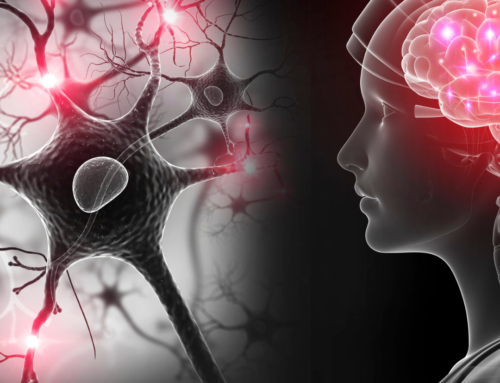Scoliosis, a condition marked by an abnormal, sideways curvature of the spine, affects a significant number of children and adolescents worldwide. This post aims to provide a comprehensive understanding of this condition, its impact on young individuals, and the innovative treatment options available.
Causes and Risk Factors
While the exact cause of childhood idiopathic scoliosis remains a mystery, several factors are believed to contribute. Genetics, growth spurts, hormonal changes, congenital factors (spinal abnormalities present at birth), and neuromuscular conditions can all play a role. It’s essential to highlight that girls are more frequently affected than boys.
Symptoms and Diagnosis
Common signs of scoliosis encompass uneven shoulders, a prominent shoulder blade, or an asymmetrical waist. While X-rays are the primary diagnostic tool, MRI or CT scans might occasionally be employed to further evaluate the spinal structures.
Impact on Adolescents
Beyond the physical discomfort or pain, scoliosis can have profound emotional repercussions. Adolescents might grapple with feelings of isolation, anxiety, or self-consciousness about their appearance or the need for a brace.
Treatment Options
Treatment for adolescent scoliosis hinges on the curve’s severity and the child’s growth stage. Traditional methods encompass observation, bracing, and surgery in extreme cases. However, at The Brain Therapy Clinic, Dr. Ian Horseman introduces cutting-edge, non-surgical treatments that have shown promising results:
- Posture Correction Program: Utilizing a unique weighting system, this program guides the body toward optimal alignment, proving beneficial for scoliosis management. See how our Posture Correction Program can help.
- Neuromuscular Re-education: This method retrains the muscles and nerves to synchronize, fostering a more aligned and functional spine. Read more about the Neuromuscular Re-education program here.
Role of Posture
Maintaining good posture is pivotal in managing scoliosis. Poor posture can aggravate the condition. Reminders to stand/sit straight can only go so far. Engaging in posture-enhancing exercises can be invaluable which is why it’s a critical part of the Posture Correction programs that Dr. Horseman provides.
Importance of Regular Check-ups
Routine check-ups are indispensable, especially during growth spurts, to monitor the curve’s progression. Early detection paired with timely treatment can drastically enhance outcomes.
Living with Scoliosis
For those navigating life with scoliosis, staying active, indulging in self-care, and drawing support from loved ones or support groups can be transformative.
Early detection and intervention are paramount when it comes to scoliosis in children and adolescents. If you observe any signs in your child, seek expert advice without delay. With the right care, young individuals with scoliosis can lead vibrant, fulfilling lives. Boasting over 30 years of experience, Dr. Ian Horseman has transformed countless lives. To book a complimentary consultation and discover how he can assist, book a free consultation today.








Leave A Comment